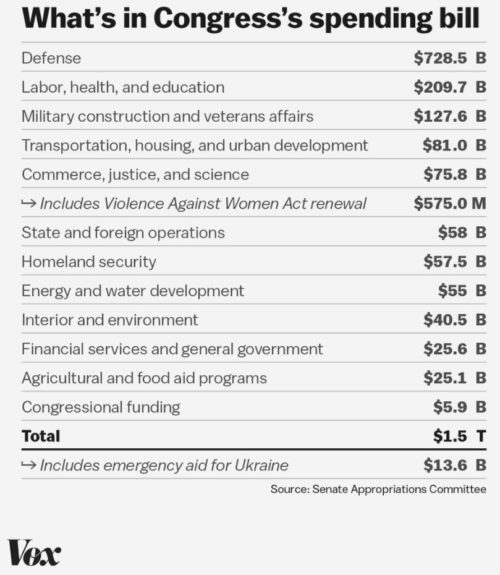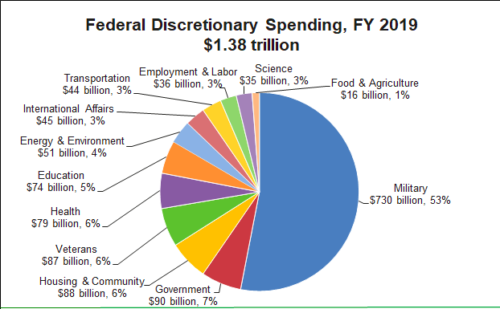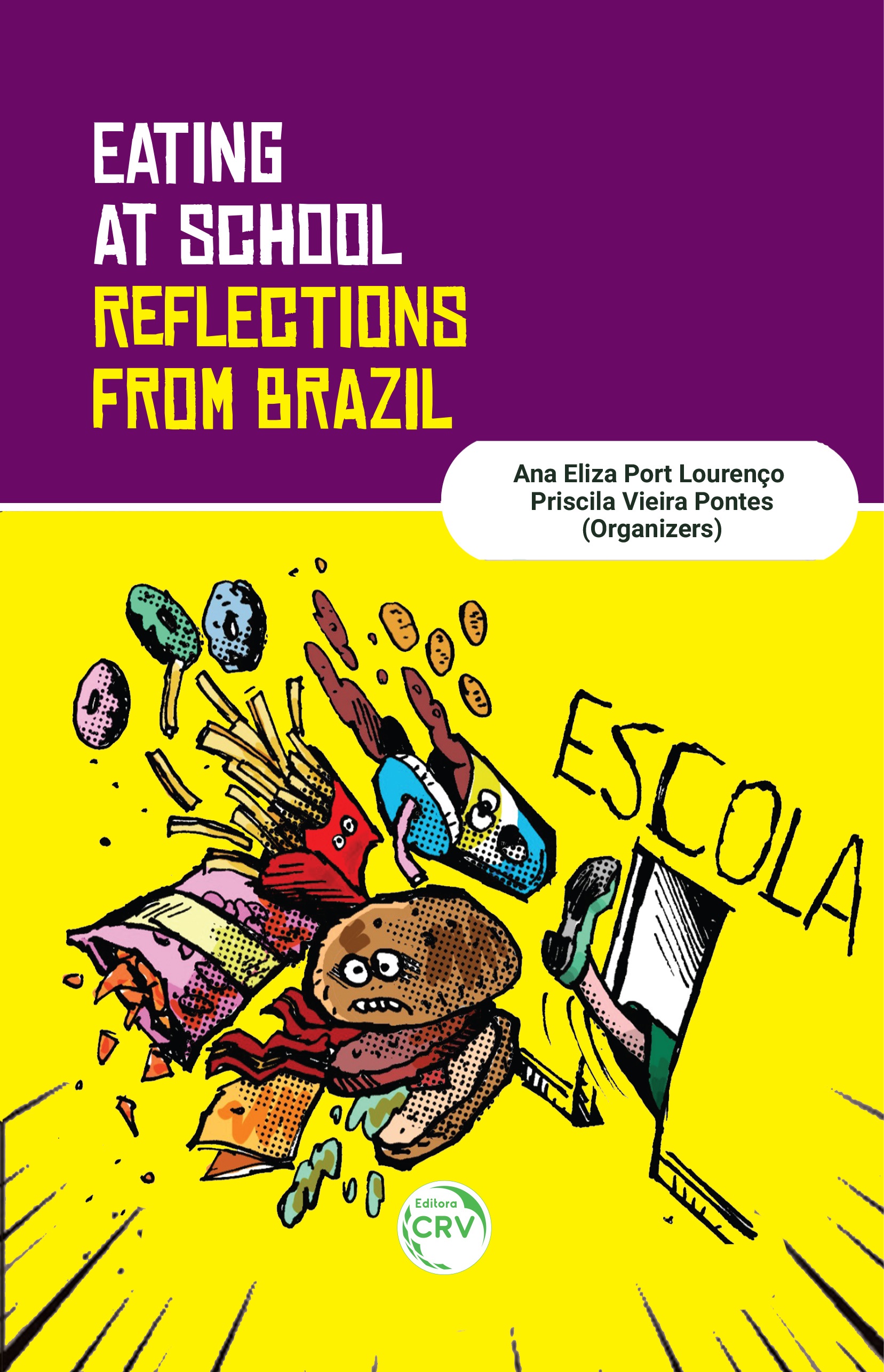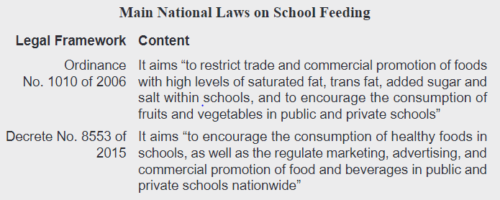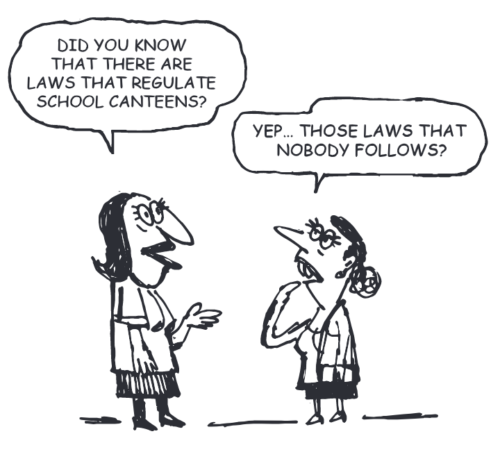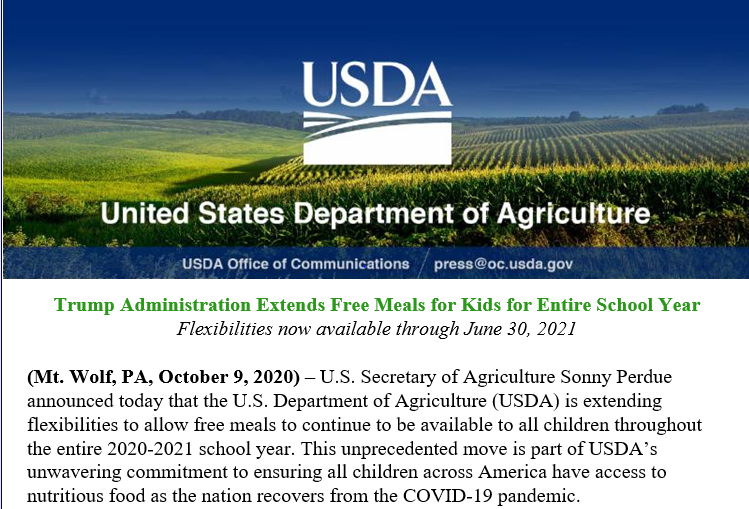Weekend reading: school food
Marcus B. Weaver-Hightower. Unpacking School Lunch: Understanding the Hidden Politics of School Food. Palgrave Macmillan 2022.

I did a back-cover blurb for this one:
Unpacking School Lunch is a wonderfully written, fresh, original, and utterly compelling account of what advocates are up against in getting schools to serve healthier, more sustainable meals to kids. This book is an absolute must-read for anyone who cares about what kids eat, not least for Weaver-Hightower’s remarkably astute analysis (“unpacking!”) of conservative opposition to improving school food.
And while I was reading it, I collected a few choice excerpts.
Why school food matters:
[S]chool food broadly touches society in ways few other policy realms do, so school food should enjoy wide civil debate…School food (a) affects students’ health, 9b) affects student attainment and achievement, (c) affects teaching and administration, (d) teaches children about food, (e) implicates identify and culture, (f) affects the environment and animals, (g) represents big business, (h) provides a window into educational politics and policy, and (i) impacts social justice.
The key questions:
- I argue, principally, that school food remains so controversial nearly 75 years after becoming federal policy, because the policy’s fundamental political tensions have never been resolved. The United States still struggles with key debates: whether the government should provide nutritional aid to individuals; whether such aid robs individuals of drive and self-direction; whether federal aid infringes on basic, often religious beliefs about culture, gender, race, and class; whether the government can tell us what to eat; whether support for this program benefits children or corporations.
- We lack, though, a progressive vision within national-level politics to fundamentally rethink and improve school food.
- Why is feeding children different [from everything else in school that is free]? Why is food somehow seen as a welfare giveaway with moral ramifications and worthy of recriminations? In a progressive vision of school meals, feeding is part of the infrastructure of schooling and should be as free as the rest of the facility.
This is another terrific book about school food, and it could not be more timely.

